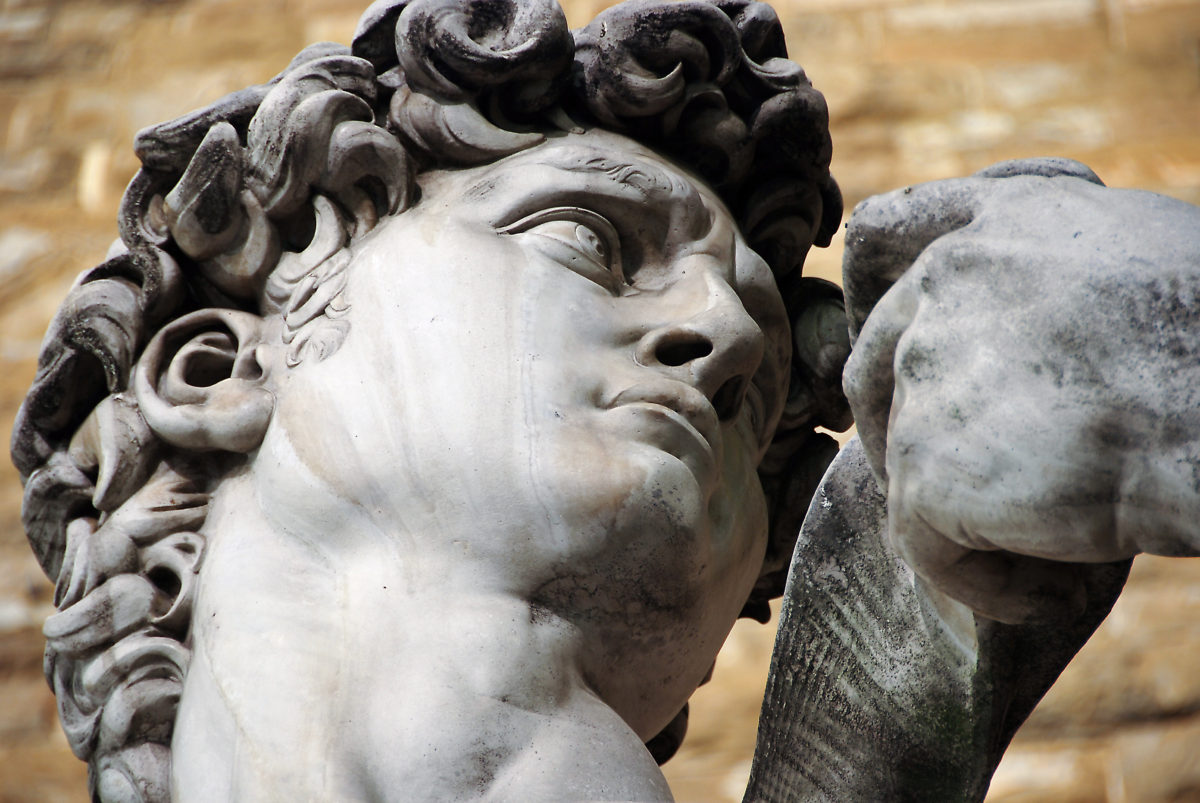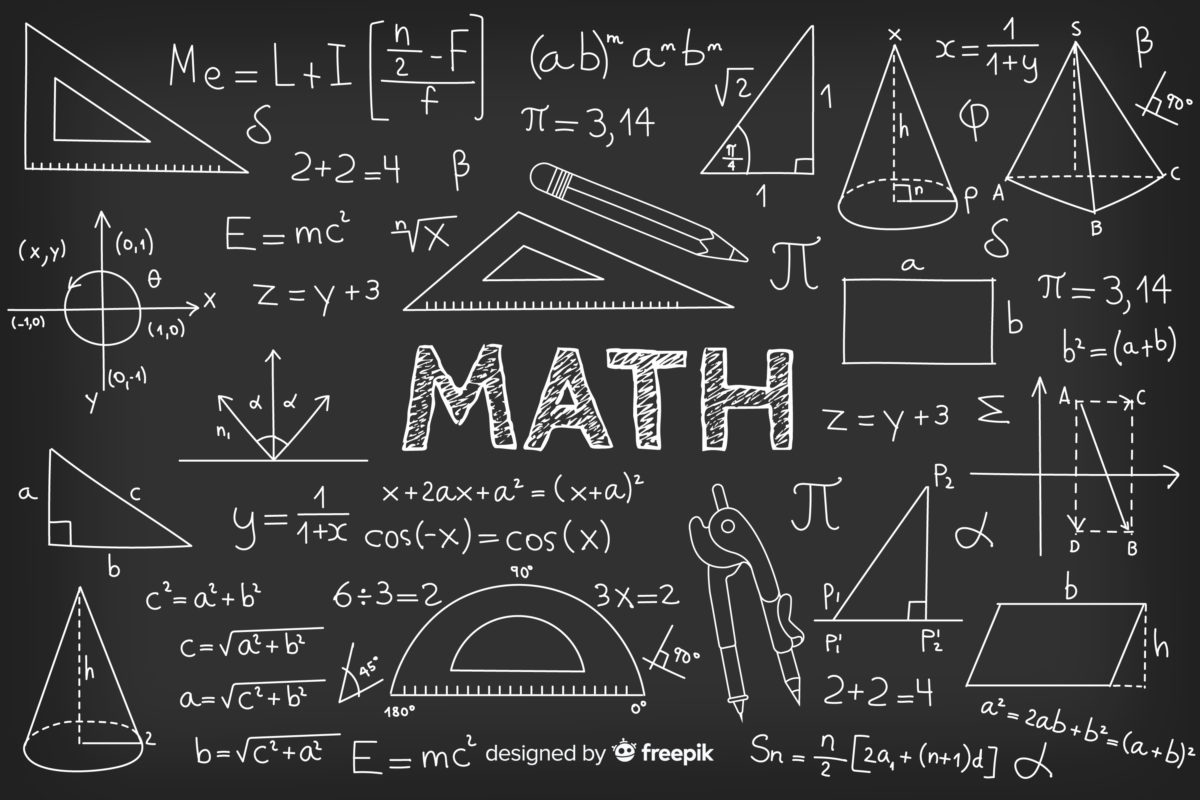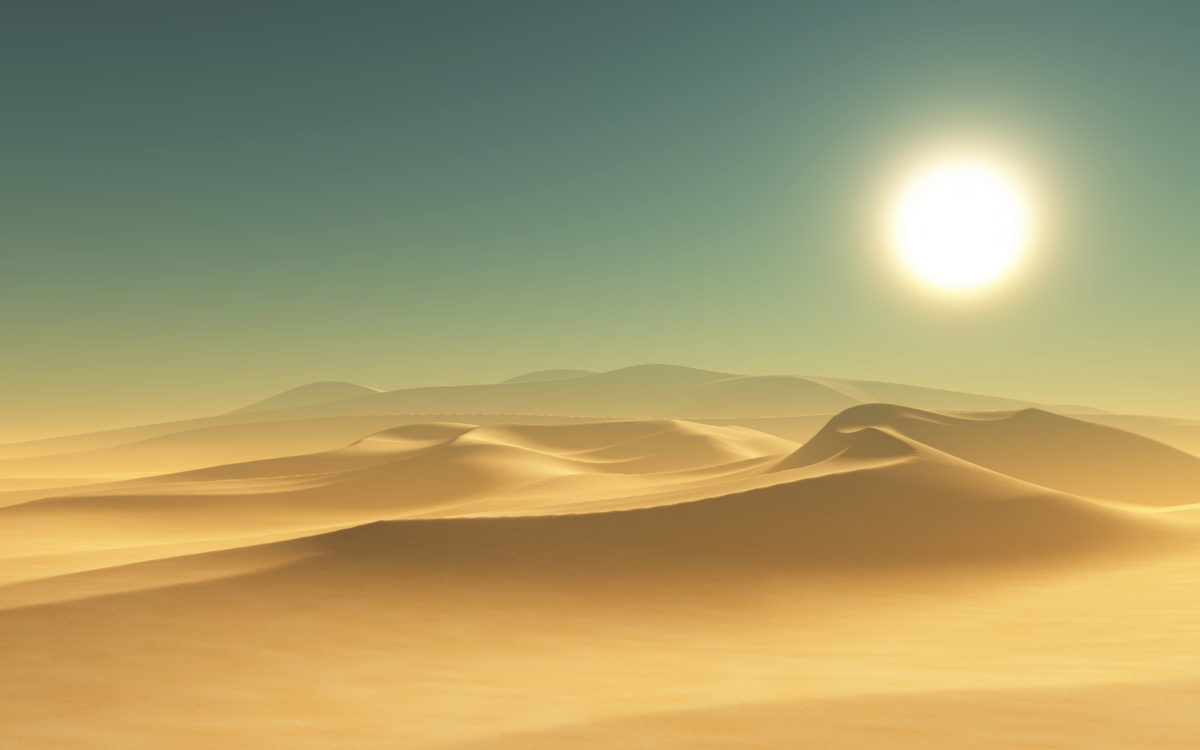Category: Do You Know?
River and reverence
A river is a large natural stream of water flowing in a channel to the sea or a lake. Asia is home to seven of the world’s twelve longest rivers, but its waterways are also of high cultural, spiritual, and economic importance. Here are the ten Asian rivers to be familiar with.
- The Yangtze is the longest river in China and Asia and the third longest in the world. It rises in the Kunlun Mountains, flows across the Tibetan Plateau, passes the cities of Chongqing, Wuhan, Nanjing, and Shanghai, and empties into the South China Sea. Its basin is China’s granary and is home to nearly one in every three Chinese citizens. The river has been in the news for the construction of the Three Gorges Dam, the world’s largest, which will reduce flooding but displace 1.5 million people and bury more than 1,300 known archaeological sites.
- The Brahmaputra runs 1,800 miles from its source in the Tibetan Himalayas; it starts eastward across the plateau, then turns south into the Indian state of Assam, and then enters Bangladesh where it merges with the Ganges to form the world’s largest delta.
- The Yellow River is, at 3,400 miles, China’s second-longest; it is also the most important to the northern half of the country.
- The Ganges is the holiest river in India. It rises in the Himalayas and flows a comparatively short 1,560 miles to the world’s largest delta on the Bay of Bengal.
- The Mekong is the chief river of Southeast Asia. It originates in eastern Tibet, forms much of the Laos-Thailand border, flows south through Cambodia, and enters the South China Sea in southern Vietnam just south of Ho Chi Minh City. The capital cities of Vientiane and Phnom Penh are on the Mekong. The building of dams and clearing of rapids are a source of diplomatic conflict between China, Laos, and Cambodia.
- The Tigris is the eastern of the two rivers that define the historic region of Mesopotamia (meaning, “The Land Between Two Rivers”) that was home to the ancient civilizations of Sumer and Akkad. It rises in Turkey, then flows southeast by Mosul, Tikrit, and Baghdad before joining the Euphrates to make the Shatt-al-Arab, which subsequently empties into the Persian Gulf.
- The Euphrates defines the western border of Mesopotamia; it also rises in the Zagros Mountains of Turkey and its shores are home to Fallujah and Babylon. It is the longer of the two rivers with a course of 1,740 miles (compared to the Tigris’ 1,180). Both the Tigris and the Euphrates have changed courses several times leaving ruins in the desert where cities have been abandoned.
- The Irrawaddy is the chief river of Myanmar (also known as Burma). It flows 1,350 miles past Yangon (formerly Rangoon) and Mandalay to the Gulf of Martaban, an arm of the Bay of Bengal. Its delta is one of the world’s most important rice-growing regions, and its name is thought to come from the Sanskrit word for “elephant.”
- The Indus is the chief river of Pakistan as well as being the ultimate source of the name of India. It rises in Tibet and flows 1,800 miles to a delta on the Arabian Sea southeast of Karachi. The Indus is the cradle of the Indus Valley Civilization, one of the world’s earliest urban areas, whose main cities were Mohenjo-Daro and Harappa.
- The Jordan River rises in Syria from springs near Mount Hermon. It flows south to Lake Merom, through the Sea of Galilee, and into the Dead Sea, which lies 1,300 feet below sea level. The river forms the nation of Jordan’s boundary with the West Bank and northern Israel. In the New Testament, the river was the site of the baptism of John the Baptist. In modern times, about 80% of its water is diverted for human use, a figure that has led to the shrinking of the Dead Sea and serious contention among bordering nations.
Scripture is sacred
Scripture is a sacred religious text. It usually refers to the Christian Bible, but it can refer to other religions’ texts as well. Here is a short list of other scriptures that you should know about.
- Analects One of the “Four Books” used by the ancient Chinese for civil service study, it contains the sayings of Confucius. The philosopher Confucius did not write the scripture that make up the Analects; his disciples compiled them in the 5th or 4th century BC. Confucianism is more of a philosophical system than a religion, and Confucius thought of himself more as a teacher than as a spiritual leader. The Analects also contain some of the basic ideas found in Confucianism, such as benevolence and proper conduct.
- Apocrypha Protestants and Jews assign lower authority to the Apocrypha because the scripture was written between 300 and 100 BC. But Catholics and Orthodox Christians consider the books that make up the Apocrypha to be “deuterocanonical,” meaning that they are just as important and divinely-inspired as other parts of the Old Testament. “Apocryphal” in general means “something outside an accepted canon,” and, in particular, in ancient Greek it meant “hidden things.” Scholars differ as to which books make up the Apocrypha, but Tobit, Judith, 1 and 2 Maccabees, Wisdom, Sirach (or Ecclesiasticus), and Baruch are almost always included.
- Avesta (or Zend-Avesta) Sacred scripture of Zoroastrianism. It consists of five parts: Gathas (poems written by Zoroaster), Visparat (homages to spiritual leaders), Vendidad (legal and medical doctrine), Yashts (hymns to angels and heroes), and Khurda (lesser rituals and hymns). The Gathas may be as old as the 7th century BC, when Zoroaster is thought to have lived, but most of the Avesta was put together by the Sassanid Persian dynasty, between 200 and 640. Zoroastrianism centers on the eternal struggle between a good entity (Ahura Mazda, or Ormuzd) and its evil counterpart (Angra Mainyu, or Ahriman); the religion is still practiced by about 120,000 Parsees in Bombay and a few thousand adherents in Iran and Iraq.
- Bhagavad-Gita Sanskrit for “The Song of God,” it is a poem found in Book Six of the Hindu epic Mahabharata. Likely formalized in the 1st or 2nd century, the Bhagavad-Gita begins on the eve of a battle, when the prince Arjuna asks his charioteer Krishna about responsibility in dealing with the suffering that impending battle will cause. Krishna tells Arjuna that humans possess a divine self within a material form, and that Arjuna’s duty is to love God and do what is right without thinking of personal gain are some of the main tenets of Hinduism.
- Dao de Jing (or Tao Te Ching or The Way and Its Power) The philosophical scripture behind Daoism, a religion-philosophy founded by the semi-legendary Laozi in the sixth century BC, though scholars now believe it was written about 200 years later, during the Warring States period of the late Zhou Dynasty. The Dao de Jing instructs adherents in restraint and passiveness, allowing the natural order of the universe to take precedent.
- Hadith A hadith is a report of the words or actions of a Muslim religious figure, most frequently the Prophet Muhammad. Each consists of a matn, or text of the original oral law itself, as well as an isnad, or chain of authorities through which it has been passed by word of mouth through the generations. Collectively, the hadith point Muslims toward the Sunna, or practice of the Prophet, which together with the Qur’an forms the basis for shari’a , usually translated as Islamic law.
- Book of Mormon Published in 1830 by the founder of the Mormon Church, Joseph Smith. Mormons believe that the prophet Moroni revealed the location of the Book of Mormon to Smith, and then Smith translated it from a “reformed Egyptian” language. The Book of Mormon is inscribed on thin gold plates, and documents the history of a group of Hebrews who migrated to America around 600 BC. This group divided into two tribes: the Lamanites (ancestors of American Indians), and the highly civilized Nephites, a chosen people instructed by Jesus but killed by the Lamanites around 421.
- Qur’an (or Koran) Arabic for “recitation,” it is the most sacred scripture of Islam. The Qur’an is subdivided into 114 chapters, called suras, which, with the exception of the first one, are arranged in descending order of length. According to Muslim belief, the angel Jibril [Gabriel] visited the prophet Muhammad in 610 and revealed the work to him. Various suras discuss absolute submission to Allah [God], happiness in Heaven versus torture in Hell, and the mercy, compassion, and justice of Allah. The third caliph, Uthman (644-656), formalized the text after many of his oral reciters were killed in battle.
- Talmud Hebrew for “instruction,” the Talmud is a codification of Jewish oral and written law, based on the Torah. It consists of the Mishnah (the laws themselves), and the Gemara (scholarly commentary on the Mishnah). The Gemara developed in two Judaic centers: Palestine and Babylonia, so there are two Talmuds (Palestinian and Babylonian), the latter considered more authoritative by Orthodox Jews. Rabbis and lay scholars finished the Babylonian Talmud around 600.
- Upanishads Also called Vedanta, or “last part of the Vedas,” the Upanishads were written in Sanskrit between 900 and 500 BC. Part poetry but mainly prose, the earlier Upanishads laid the foundation for the development of several key Hindu ideas, such as connecting the individual soul (atman) with the universal soul (Brahman). Spiritual release, or moksha, could be achieved through meditation and asceticism. The name “Upanishads” means “to sit down close,” as pupils did when a teacher recited them.
- Vedas Consist strictly of four hymnbooks: the Rig (prayers in verse), Sama (musical melodies), Yajur (prose prayers), and Atharva (spells and incantations). Each Veda, though, also contains a Brahmana (interpretation), and the Vedas also incorporate treatises on meditation (Aranyakas) as well as the Upanishads. Written in an archaic form of Sanskrit by early Aryan invaders, possibly between 1500 and 1200 BC, the Vedas concentrate on sacrifices to deities, such as Indra (god of thunder), Varuna (cosmic order), and Agni (fire). The major gods Vishnu and Shiva appear as minor deities in the Vedas; their elevation, as well as the concept of karma, does not develop until the Upanishads.
- Yijing (or I Ching or Book of Changes) The basis for ancient Chinese philosophy and religion, the Yijing was created between 1500 and 1000 BC, though legend has it that the dragon-emperor Fuxi derived its eight trigrams from a turtle shell. The trigrams consist of three either broken (yin) or unbroken (yang) lines, and by reading pairs of these trigrams randomly, one could learn about humans, the universe, and the meaning of life. Qin emperor Shi Huangdi burned most scholarly books, but the Yijing escaped because it was not seen as threatening.
Sculpture and sculptors
A sculpture is a testament to power of leaders. From the terracotta warriors in China to the marble sculptures in Europe, sculptures tell deep a story.
- Michelangelo (1475 – 1564) A Florentine “Renaissance man” also known for architecture (the dome of St. Peter’s Basilica), painting (The Last Judgment and the Sistine Chapel ceiling), poetry, and military engineering. His sculpture masterpieces include David, a Pietà, Bacchus, and a number of pieces for the tomb of Pope Julius II (including Dying Slave and Moses). He preferred to work in Carraran marble.
- Auguste Rodin (1840 – 1917) A French sculptor known for stormy relationships with “the establishment” of the École des Beaux-Arts and his mistress, fellow artist Camille Claudel. His works include The Age of Bronze, Honoré de Balzac, The Burghers of Calais, and a massive pair of doors for the Museum of Decorative Arts (the Gates of Hell) inspired by Dante’s Inferno. His most famous sculpture is The Thinker.
- Gian Lorenzo Bernini (1598 – 1680) A Roman who defined the Baroque movement in sculpture. Bernini is principally known for his freestanding works including David and The Ecstasy of St. Theresa. Bernini’s David differs from that of Michelangelo in that the hero is shown “in motion,” having twisted his body to sling the rock. Bernini is also known for his massive fountains in Rome including the Triton and the Fountain of the Four Rivers.
- Donatello (1386 – 1466) A Florentine sculptor who helped define Renaissance sculpture as distinct from that of the Gothic period. He is known for St. Mark and St. George in the Or San Michele [OR SAHN mee-KAY-lay] (a Florentine church), the bald Zuccone (which means “pumpkin-head,” though it depicts the prophet Habbakuk), and the first equestrian statue to be cast since Roman times, the Gattamelata in Padua. He is also known for mastering the low relief form of schiacciato.
- Lorenzo Ghiberti (1378 – 1455) A Florentine sculptor and goldsmith who taught both Donatello and Filippo Brunelleschi. He is best known for two pairs of bronze doors on the Florence Baptistery (associated with the Duomo, or Florentine Cathedral). He produced a single, low-relief panel to win a 1401 competition (defeating Brunelleschi) for the commission to design the 28 panels for the north doors. After that, he was given another commission to design ten panels for the east doors. This latter work, by far his most famous, was dubbed the “Gates of Paradise” by Michelangelo.
- Gutzon Borglum (1867 – 1941) An American known for crafting Mount Rushmore in the Black Hills of South Dakota. He is also known for The Mares of Diomedes and an unfinished (and later replaced) tribute to Confederate heroes on Stone Mountain in Georgia.
- Phidias (c. 480 BC – c. 430 BC) An Athenian considered the greatest of all Classical sculptors. He created the chryselephantine (gold and ivory) Statue of Zeus at Olympia (one of the Wonders of the Ancient World, now lost) and the statue of Athena in the Parthenon (now lost). He was supported by money from the Delian League (that is, the Athenian Empire) run by his friend Pericles; he was later ruined by charges of corruption generally considered to be part of a political campaign against Pericles.
- Constantin Brancusi (1876 – 1957) A Romanian sculptor who was a major figure in Modernism. He is best known for The Kiss (not to be confused with the Rodin work or the Klimt painting), Sleeping Muse, and Bird in Space. He’s also the center of anecdote in which U.S. customs taxed his works as “industrial products” since they refused to recognize them as art.
- Daniel Chester French (1850 – 1931) An American who created The Minute Man for Concord, Massachusetts and Standing Lincoln for the Nebraska state capitol, but who is best known for the seated statue in the Lincoln Memorial.
- Frédéric-Auguste Bartholdi (1834-1904) A French sculptor primarily known as the creator of Liberty Enlightening the World, better known as the Statue of Liberty. He also executed The Lion of Belfort and a statue of the Marquis de Lafayette in New York’s Union Square.
Math and its Founders
Math is not everyone’s cup of tea, but it is certainly an important part of life. Did you know that it was an Indian mathematician that gave the world the concept of Zero?
- The work of Isaac Newton (1643-1727, English) in pure math includes generalizing the binomial theorem to non-integer exponents, doing the first rigorous manipulation with power series, and creating “Newton’s method” for the finding roots. He is best known, however, for a lengthy feud between British and Continental mathematicians over whether he or Gottfried Leibniz invented calculus (whose differential aspect Newton called “the method of fluxions”). It is now generally accepted that they both did, independently.
- Euclid (c. 300 BC, Alexandrian Greek) is principally known for the Elements, a textbook on geometry and number theory, that was used for over 2,000 years and which grounds essentially all of what is taught in modern high school geometry classes. Euclid is known for his five postulates that define Euclidean (i.e., “normal”) space, especially the fifth (the “parallel postulate”) which can be broken to create spherical and hyperbolic geometries. He also proved the infinitude of prime numbers.
- Carl Friedrich Gauss (1777-1855, German) is considered the “Prince of Mathematicians” for his extraordinary contributions to every major branch of math. His Disquisitiones Arithmeticae systematized number theory and stated the fundamental theorem of arithmetic. He also proved the fundamental theorem of algebra, the law of quadratic reciprocity, and the prime number theorem. Gauss may be most famous for the (possibly apocryphal) story of intuiting the formula for the summation of an arithmetic series when given the busywork task of adding the first 100 positive integers by his primary school teacher.
- Archimedes (287-212 BC, Syracusan Greek) is best known for his “Eureka moment” of using density considerations to determine the purity of a gold crown; nonetheless, he was the preeminent mathematician of ancient Greece. He found the ratios between the surface areas and volumes of a sphere and a circumscribed cylinder, accurately estimated pi, and presaged the summation of infinite series with his “method of exhaustion.”
- Gottfried Leibniz (1646-1716, German) is known for his independent invention of calculus and the ensuing priority dispute with Isaac Newton. Most modern calculus notation, including the integral sign and the use of d to indicate a differential, originated with Leibniz. He also invented binary numbers and did fundamental work in establishing boolean algebra and symbolic logic.
- Pierre de Fermat (1601-1665, French) is remembered for his contributions to number theory including his “little theorem” that ap will be divisible by p if p is prime. He also studied Fermat primes (those of the form 22n+1) and stated his “Last Theorem” that xn + yn = zn has no solutions if x, y, and z are positive integers and n is a positive integer greater than 2. He and Blaise Pascal founded probability theory. In addition, he discovered methods for finding the maxima and minima of functions and the areas under polynomials that anticipated calculus and inspired Isaac Newton.
- Leonhard Euler (1707-1783, Swiss) is known for his prolific output and the fact that he continued to produce seminal results even after going blind. He invented graph theory with the Seven Bridges of Königsberg problem and introduced the modern notation for e, the square root of -1 (i), and trigonometric functions. Richard Feynman called his proof that eiπ = -1 the most beautiful equation in math because it linked four of math’s most important constants.
- Kurt Gödel (1906-1978, Austrian) was a logician best known for his two incompleteness theorems proving that every formal system that was powerful enough to express ordinary arithmetic must necessarily contain statements that were true, but which could not be proved within the system itself.
- Andrew Wiles (1953-present, British) is best known for proving the Taniyama-Shimura conjecture that all rational semi-stable elliptic curves are modular. This would normally be too abstruse to occur frequently in quiz bowl, but a corollary of that result established Fermat’s Last Theorem.
- William Rowan Hamilton (1805-1865, Irish) is known for extending the notion of complex numbers to four dimensions by inventing the quaternions, a non-commutative field with six square roots of -1: ±i, ±j, and ±k with the property that ij = k, jk = i, and ki = j.
Desert Potential
A desert is not something remembered. It is in-fact avoided. But they hold great amounts of minerals and oils. Deserts have been a big part of history and even war.
- Antarctica (5.4 million sq. mi.) Because it is covered with (solid) water, it is somewhat surprising that Antarctica is considered a desert, but it is classified as such due to its lack of precipitation.
- Sahara (Northern Africa; 3.5 million sq. mi.) The Sahara is the world’s second largest desert, but its the hottest. The Atlas Mountains (which bound the western Sahara on the north) and the Sahel, a savannah-like strip, borders it on the south. It is dominated by rocky regions (hamada), sand seas (ergs), and salt flats (shatt) and dry river valleys (wadi) that are subject to flash floods. Its most asked-about inhabitants are the Berbers and Tuaregs.
- Atacama (Chile; 70,000 sq. mi.) The Atacama’s chief claim to fame is the rain shadow of the Andes which makes it the driest (hot) desert in the world. Its area was the primary bone of contention in the War of the Pacific (1879-1883, Chile defeats Peru and Bolivia) that sought to control its nitrate resources (which were necessary for the production of explosives).
- Kalahari (Botswana, Namibia, South Africa; 360,000 sq. mi.) The Kalahari is a large region, not all of which is arid enough to qualify as a desert. It is known for its red sand, large game reserves (meerkats, gemsbok, springbok, steenbok), and mineral deposits (notably uranium). Most famous are its San Bushmen and their click language.
- Mojave (U.S.; 25,000 sq. mi.) The Mojave is bounded by the San Gabriel and San Bernardino mountain ranges along the San Andreas and Garlock Faults. It lies between the Great Basin and the Sonoran plains and it contains the lowest and driest point of North America, Death Valley. It is most strongly associated with the Joshua tree (Yucca brevifolia).
- Gobi (China and Mongolia; 500,000 sq. mi.) The Gobi, Asia’s second largest desert (after the Arabian Desert), is bounded on the north by the Altai Mountains. It is known for its role in the Silk Road trading route and the Nemegt Basin, where fossilized dinosaur eggs and human artifacts have been found.
- Rub’ al-Khali (Arabian Peninsula; 250,000 sq. mi.) Its name means “Empty Quarter” in English and is considered the most inhospitable place on earth. It is known for the world’s largest oil field, the Ghawar, and for once being part of the frankincense trade.
- Namib (Namibia and Angola; 30,000 sq. mi.) The Namib, a coastal desert, is known for its bizarre Welwitschia and medicinal Hoodia plants. It is thought to be the oldest desert in the world.
- Painted Desert (Northern Arizona) shared by Grand Canyon and Petrified Forest National Parks, is known for its colorful, banded rock formations.
- Negev Desert (Israel; 4,700 sq. mi.) The triangular Negev covers the southern half of Israel.
- Taklamakan Desert (China; 105,000 sq. mi.) The Taklamakan is an extremely cold, sandy desert known for splitting the Silk Road into branches running north and south of it. It is bounded by the Kunlun, Pamir, and Tian Shan mountain ranges.
- Great Sandy Desert (Western Australia; 140,000 sq. mi.) Part of the Western Desert, and the ninth largest in the world.
Can you identify what may be missing from the list above?





